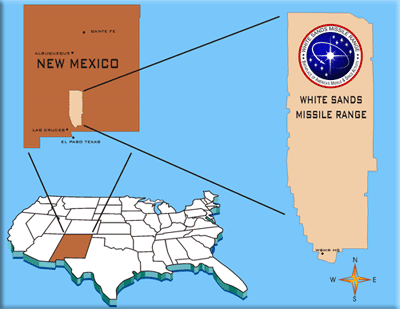
(from: http://www.wsmr.army.mil/)
After World War II, the U.S. military took a deep interest in rocketry. Unfortunately, this lead to several isolated rocket programs within the various branches of the armed forces - the Army, the Navy and the Army Air Force (later, simply the "Air Force").
The first proposal for a U.S. satellite was made by the Navy's Bureau of Aeronautics in 1945. The so-called "Earth Satellite Test Vehicle" would ride on a single-stage "High Altitude Test Vehicle" which burned liquid oxygen and liquid hydrogen. Funding problems, combined with objections by the Army Air Force, which claimed that space was its domain, lead to cancellation of the project in 1948.



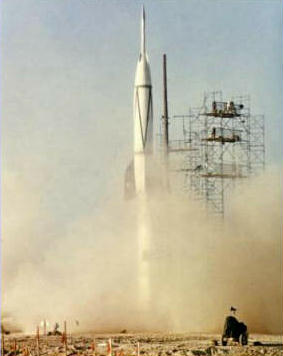
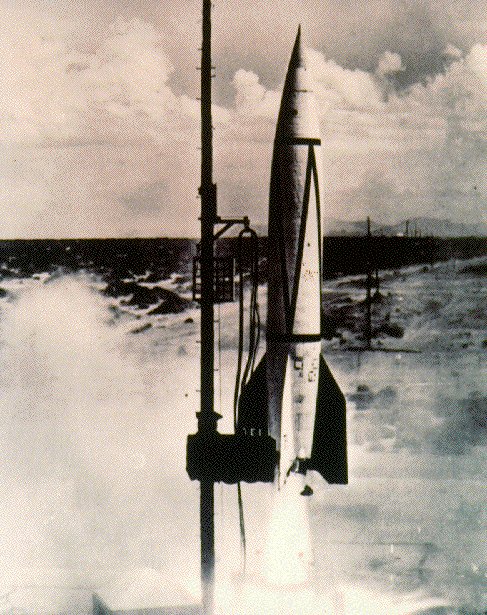
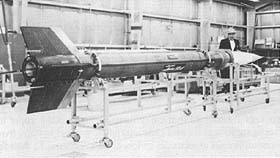 (from: http://www.nasa.gov/mission_pages/exploration/main/this_month_june.html) |
 (from: http://www.nrl.navy.mil/content.php?P=AEROBEE) |
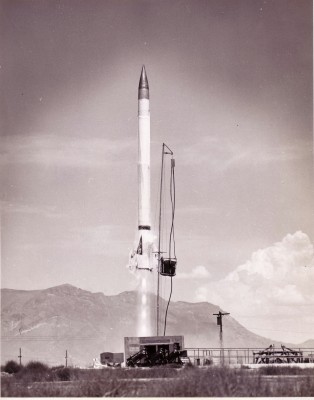 (from: http://www.postwarv2.com/viking/viking.html) |
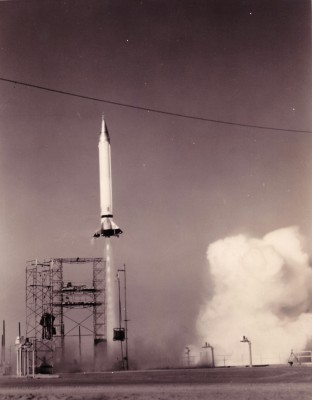 (from: http://www.postwarv2.com/viking/viking.html) |


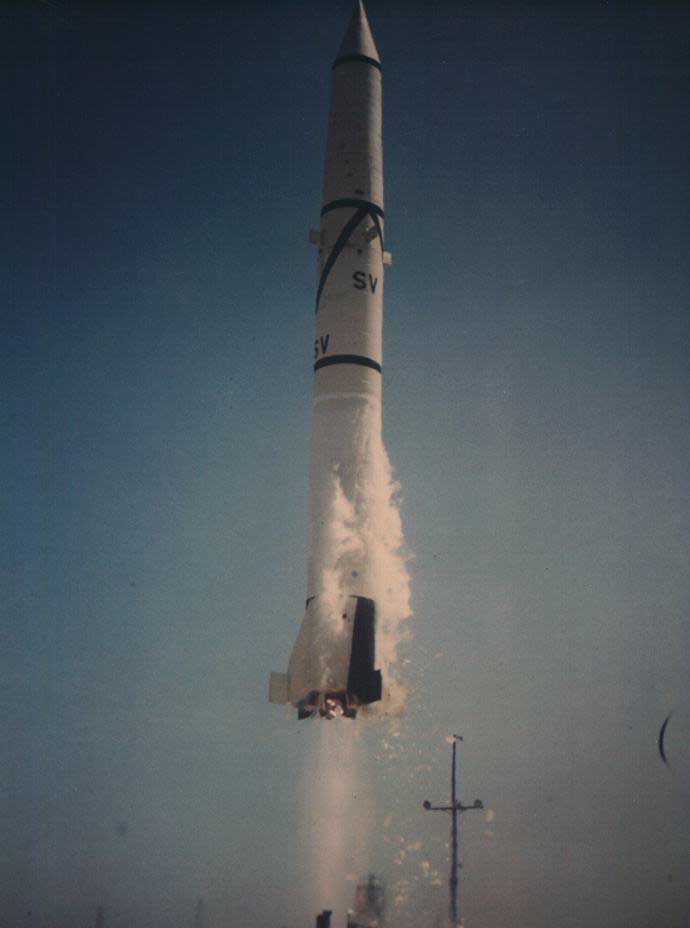

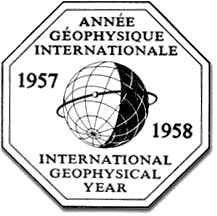
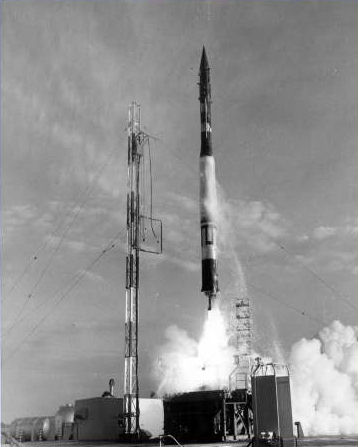

 (from: http://code8100.nrl.navy.mil/about/NCST/index.htm) |
 (from: http://www.geocities.com/duppim/VB04.html) |
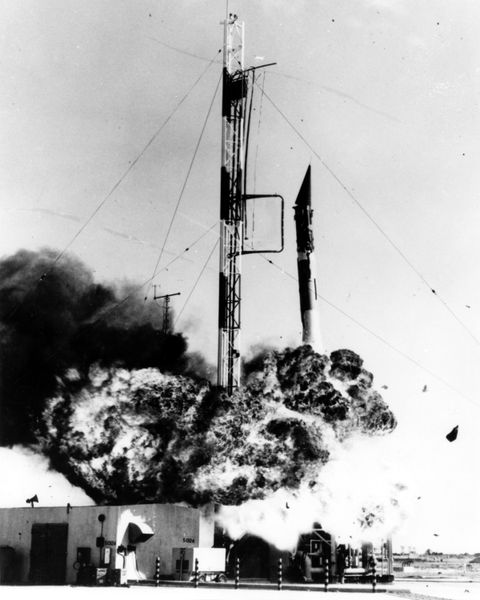
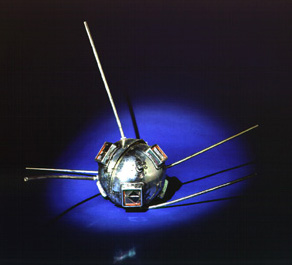
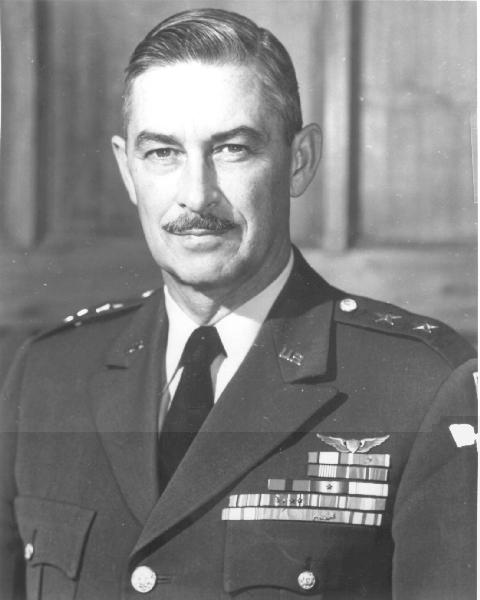
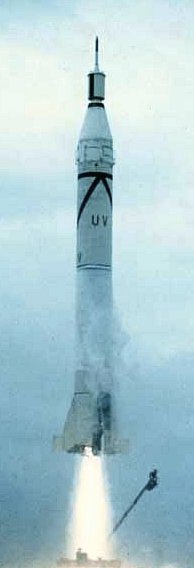
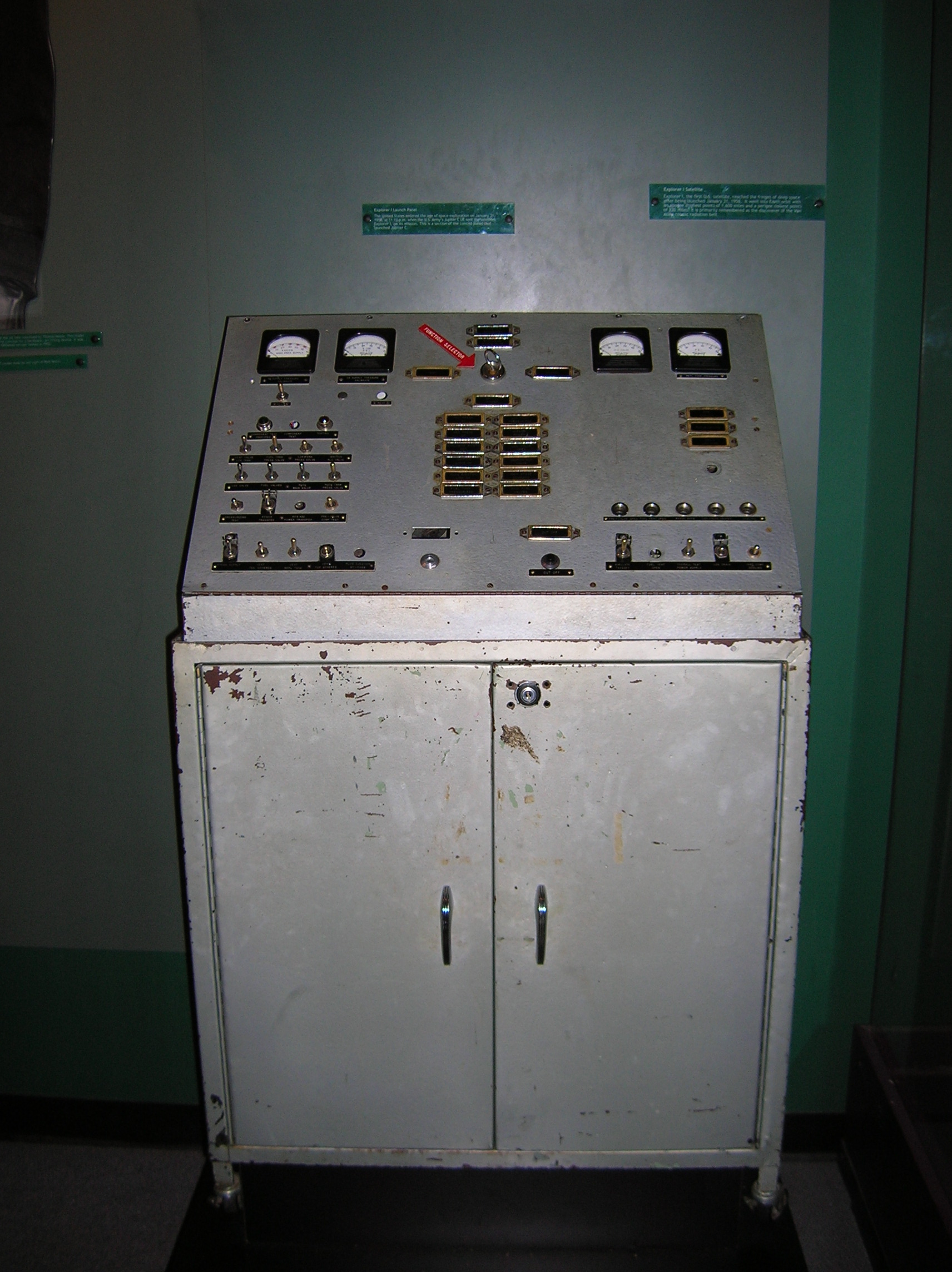
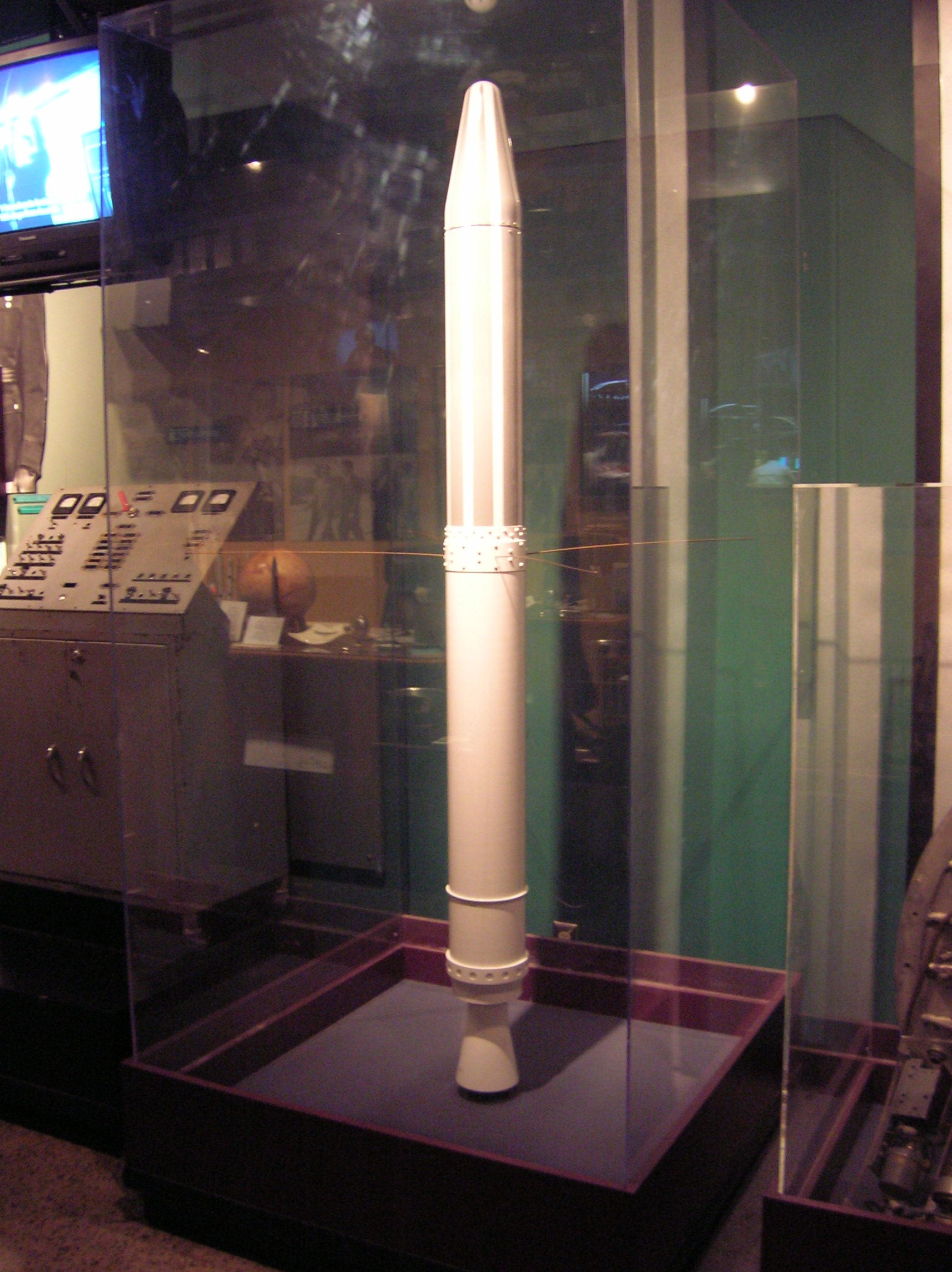
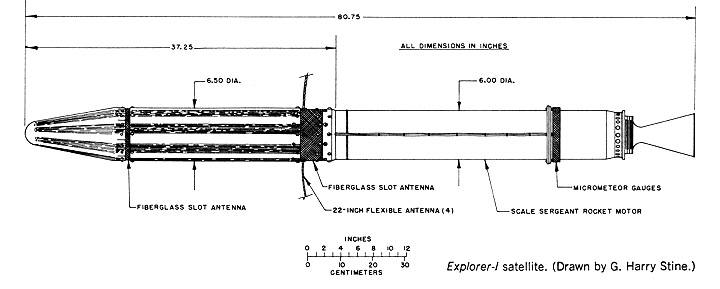
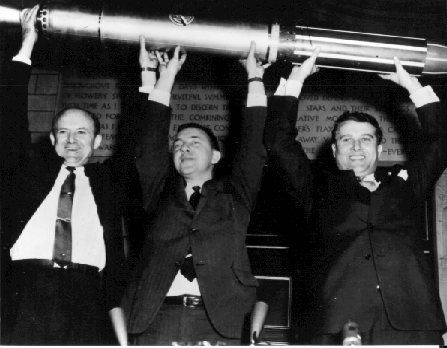

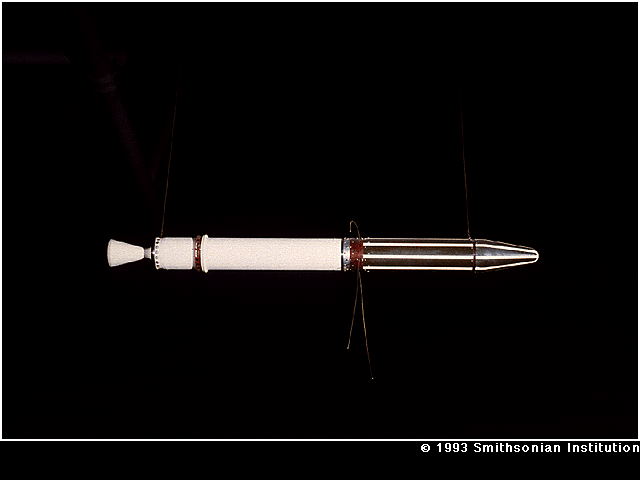
Go to Consequences of Sputnik section.